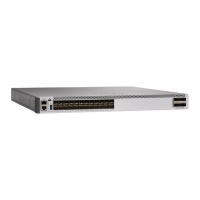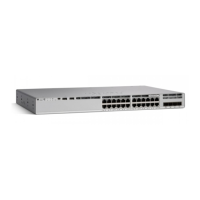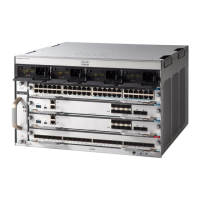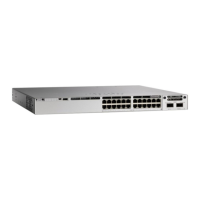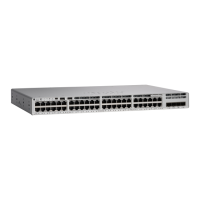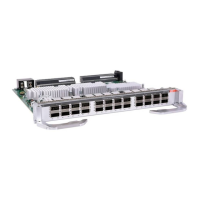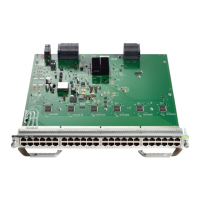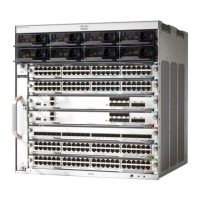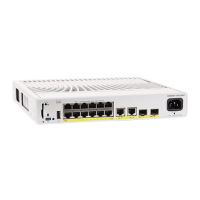PurposeCommand or Action
The first IS-IS instance configured is Level 1-2 by
default. Later instances are automatically Level 1. You
can change the level of routing by using the is-type
global configuration command.
Configures the NETs for the routing process. If you
are configuring multiarea IS-IS, specify a NET for
net network-entity-title
Example:
Device(config-router)# net
Step 3
each routing process. You can specify a name for a
NET and for an address.
47.0004.004d.0001.0001.0c11.1111.00
(Optional) Configures the router to act as a Level 1
(station) router, a Level 2 (area) router for multi-area
routing, or both (the default):
is-type {level-1 | level-1-2 | level-2-only}
Example:
Device(config-router)# is-type
level-2-only
Step 4
• level-1—act as a station router only
• level-1-2—act as both a station router and an
area router
• level 2—act as an area router only
Returns to global configuration mode.exit
Example:
Device(config-router)# end
Step 5
Specifies an interface to route IS-IS, and enter interface
configuration mode. If the interface is not already
interface interface-id
Example:
Device(config)# interface
gigabitethernet 1/0/1
Step 6
configured as a Layer 3 interface, enter the no
switchport command to put it into Layer 3 mode.
Configures an IS-IS routing process on the interface
and attach an area designator to the routing process.
ip router isis [area tag]
Example:
Device(config-if)# ip router isis
tag1
Step 7
Define the IP address for the interface. An IP address
is required on all interfaces in an area enabled for IS-IS
if any one interface is configured for IS-IS routing.
ip address ip-address-mask
Example:
Device(config-if)# ip address
10.0.0.5 255.255.255.0
Step 8
Returns to privileged EXEC mode.end
Example:
Device(config)# end
Step 9
Routing Configuration Guide, Cisco IOS XE Everest 16.6.x (Catalyst 9500 Switches)
151
Configuring IP Unicast Routing
Enabling IS-IS Routing
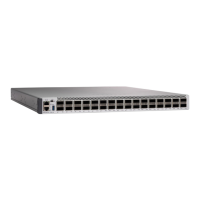
